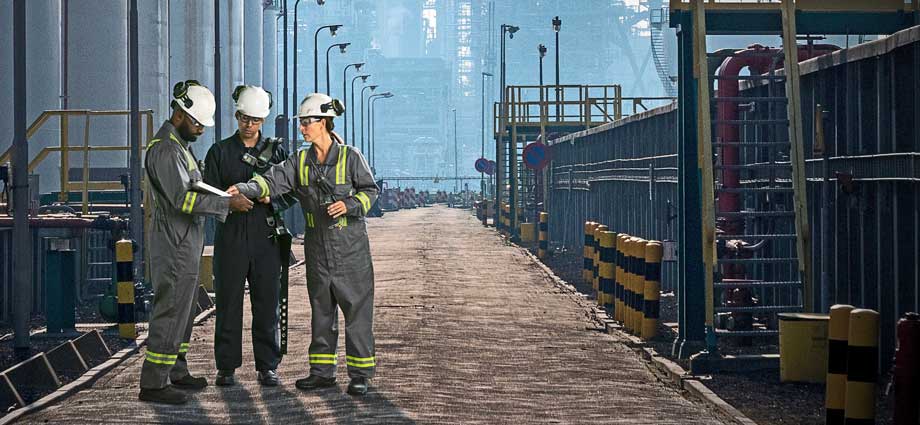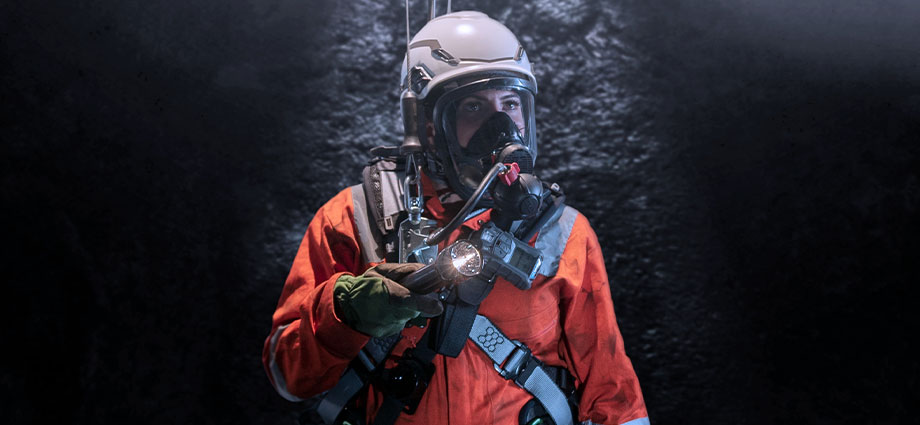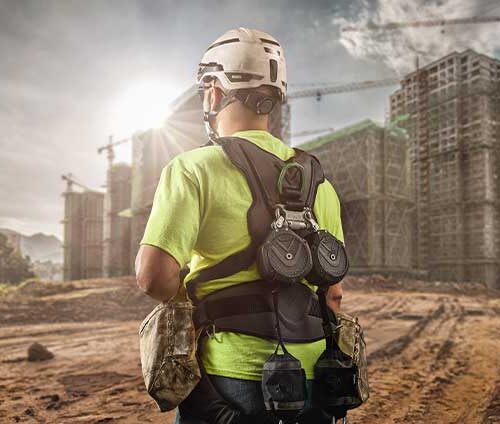
If your company motto is “the Safety Company”, it’s a good idea to make sure that you are, in fact, a safe company. Safety must go beyond products and services you offer. Safety must be woven into the fabric of your culture. It must be a cornerstone of your mission. It must be engrained in the mindset of each and every employee. At MSA, the Safety Company, safety is most assuredly a way of life.
Need some examples of what MSA does to promote a culture of safety?
- Safety is reflected in the domed mirrors that mark every corner, intersection and blind spot throughout the building.
- Safety is relayed through safety messages that kick off all meetings and are intended to educate attendees on what they can do to further incorporate safety into their daily routine.
- Safety is delivered through “the Safety Beacon”, a monthly newsletter providing safety news and tips to all MSA employees .
- Safety is promoted through participation in OSHA’s Voluntary Protection Programs (VPP)
- Safety is constantly adapting via our “Near-Hit” program where employees can fill out a form in the event of a “near-hit” situation where no personal injury occurred – but could have – enabling us to consider new, safer options.
- Safety is communicated through a policy that prohibits employees from talking or texting while walking around the building.
- Safety is marked by the myriad of “Caution Wet Floor” signs that sprout up on rain- and snow-filled days.
- Safety is signaled by an “ice-alert” system that warns employees of the potential for ice on walkways and parking lots.
Are we too focused on safety? We don’t think so. Creating a culture of safety does not happen overnight. There is more to it than posting a sign and calling it a day. For safety to be part of your culture, it must be an ongoing process that adapts, evolves and improves. It must start at the company level and ultimately become part of an individual’s behavior.
What is Behavior-Based Safety?
Behavior-Based Safety (BBS) is intended to improve company-wide safety by instilling best-practice methods into employees. Through BBS, a worker is asked to monitor his or her own behavior, as well as those around them, and be vigilant of unsafe practices or conditions. Employees are encouraged to proactively monitor, engage and promote a culture of safety. In a BBS safety system, everyone has a voice and is encouraged to use it. BBS asks the individual and/or group to provide feedback on both safe and unsafe practices, which can be enhanced or modified based on the feedback.
While BBS offers sound recommendations on improving individual and workplace safety, there are no laws requiring its implementation. The Occupational Safety and Health Administration (OSHA), part of the U.S. Department of Labor, was created in 1970 to “assure safe and healthful working conditions for working men and women by setting and enforcing standards and by providing training, outreach, education and assistance.” While OSHA sets the minimum when it comes to required health and safety practices, movements such as BBS offer an avenue for companies to more fully-develop their entire culture beyond specific programs or procedures.
A safety model, such as Behavior-Based Safety, along with strict adherence to OSHA standards are effective tools to creating a culture of safety. Of equal importance is the universal implementation and adoption of safety standards. Everyone must play a role in safety, regardless of the role they play in the company. Management must wholly-invest in the practice. They must make it part of the culture and their own behavior should embody the system.
A culture of safety should consider the following:
All employees should be vested in the culture. They should have no hesitation to stop dangerous behavior, no matter who is conducting the behavior. Yes, this means an entry level employee should have the confidence and support to communicate with a tenured veteran should they notice an unsafe practice.
Everyone is accountable and managers should be the leaders of this culture, from the CEO down.
Successful practices should not go unnoticed. If a worker is observed using a best practice, that person should be rewarded. Equally, those perpetuating unsafe practices should not be instantly reprimanded. Rather, they should be shown a better/safer approach and given the opportunity to change.
Employees should have numerous avenues through which to report and comment on safety concerns. Consider an anonymous phone number or an online submission form.
Just as conditions change, safety standards and best practices evolve with time. It is important to stay abreast of safety rules and regulations and ensure that your workforce is educated on the changes.
The Conclusion
Quite simply, safety never concludes. Both the individual and the company must carry the torch. When safety is part of the culture, it must be passed on to new employees. It must remain visible and constantly adapt. By creating a culture of safety, you create a culture focused on some of your most important assets, the people.







